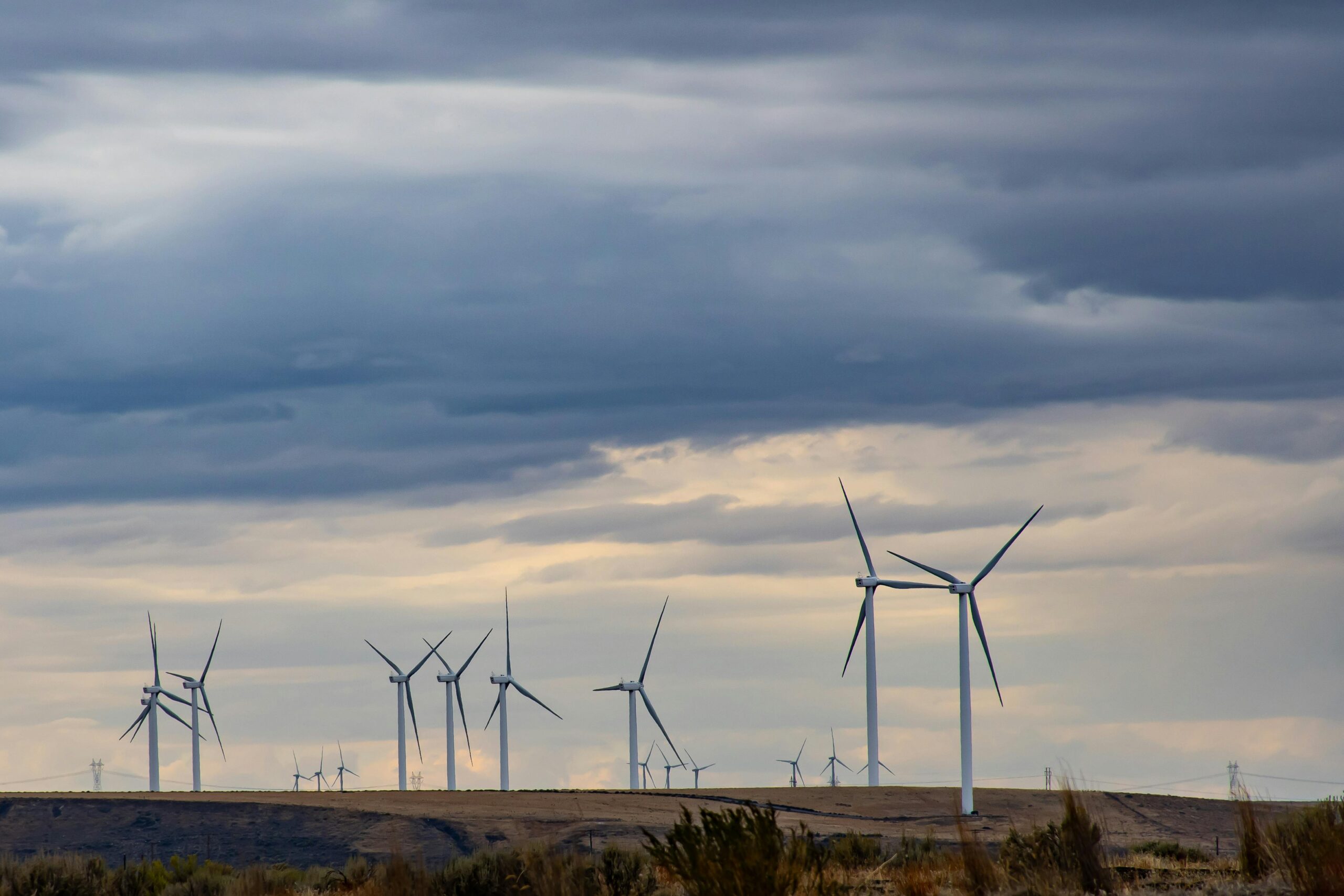At an extraordinary Diet session taking place on 26 October 2020, Prime Minister Yoshihide Suga declared a goal of virtually eliminating greenhouse gas emissions by 2050. Although this has attracted attention to renewable energy, the goal may also give rise to various tax issues.
Some typical issues that may arise are as follows.
1. Depreciation
As with ordinary depreciable assets, the straight-line or declining-balance method is used to calculate depreciation with limits based on the statutory useful life for tax purposes.
The statutory useful lives of renewable energy assets are as follows.
① Overhead distribution lines, power transmission lines – 36 years;
② Underground power distribution – 25 years;
③ Generators – 17 years; and
④ Transmission and substation facilities – 22 years.
2. Construction contributions
These are treated as deferred assets, and the amortization period is 15 years.
3. Enterprise tax and special enterprise tax
The tax base and tax rate differ depending on whether share capital is more than JPY 100 million, or JPY 100 million or less.
① Corporations with a share capital exceeding JPY 100 million
In the case of a Tokyo-based company the applicable rates would be as follows:,
Revenue levy: 1.1025%
Value-added levy(*1): 0.3885%
Capital levy(*2): 0.1575%
(*1)The base of the value-added levy consists of salaries, net interest payments, net rent payments and the taxable income before deducting NOLs of the corporation carried forward from previous years. In cases where the result is negative, the base is deemed to be zero.
(*2) The base of the capital levy is the total amount of share capital and capital reserve of the corporation as of the end of the fiscal year.
② A corporation with a share capital of JPY 100 million or less
In the case of a Tokyo-based company the applicable rates would be as follows:,
Revenue levy: 1.1025%
Income levy: 1.9425%
4. Capitalization of interest payments during construction
For tax purposes, interest on borrowings to buy fixed assets may or may not be included in the acquisition cost.
Usually, no income is generated during the construction period, so it is necessary to determine whether loss carryover or deprecation would be more advantageous (by simulating when and how much income will be generated in the future). Net operating loss can be carried forward for 10 years. By contrast, depreciation is deducted over the asset’s useful life (e.g., 17 years, etc.).
5. Japanese Consumption Tax (“JCT”) refund
You can receive a refund of JCT paid for the cost of installing power generation facilities. However, to do so, it is necessary to become a JCT taxpayer.
In addition, if JCT is refunded for inventory with consideration paid (excluding tax) of JPY 10 million or more, or adjusted fixed assets, it is necessary to bear in mind that a person cannot be a JCT exempt taxpayer for the business year (or the following 2 years) in which it purchased the inventory or adjusted fixed assets.
Adjusted fixed assets are assets other than inventory (e.g., buildings, structures, machinery and equipment, vessels, aircraft, vehicles and vehicles, tools, instruments and equipment, mining rights, and other assets) whose value excluding JCT is JPY 1 million or more.
By Certified Public Accountant (CPA) & Tax Accountant, Tokyo & Yokohama


